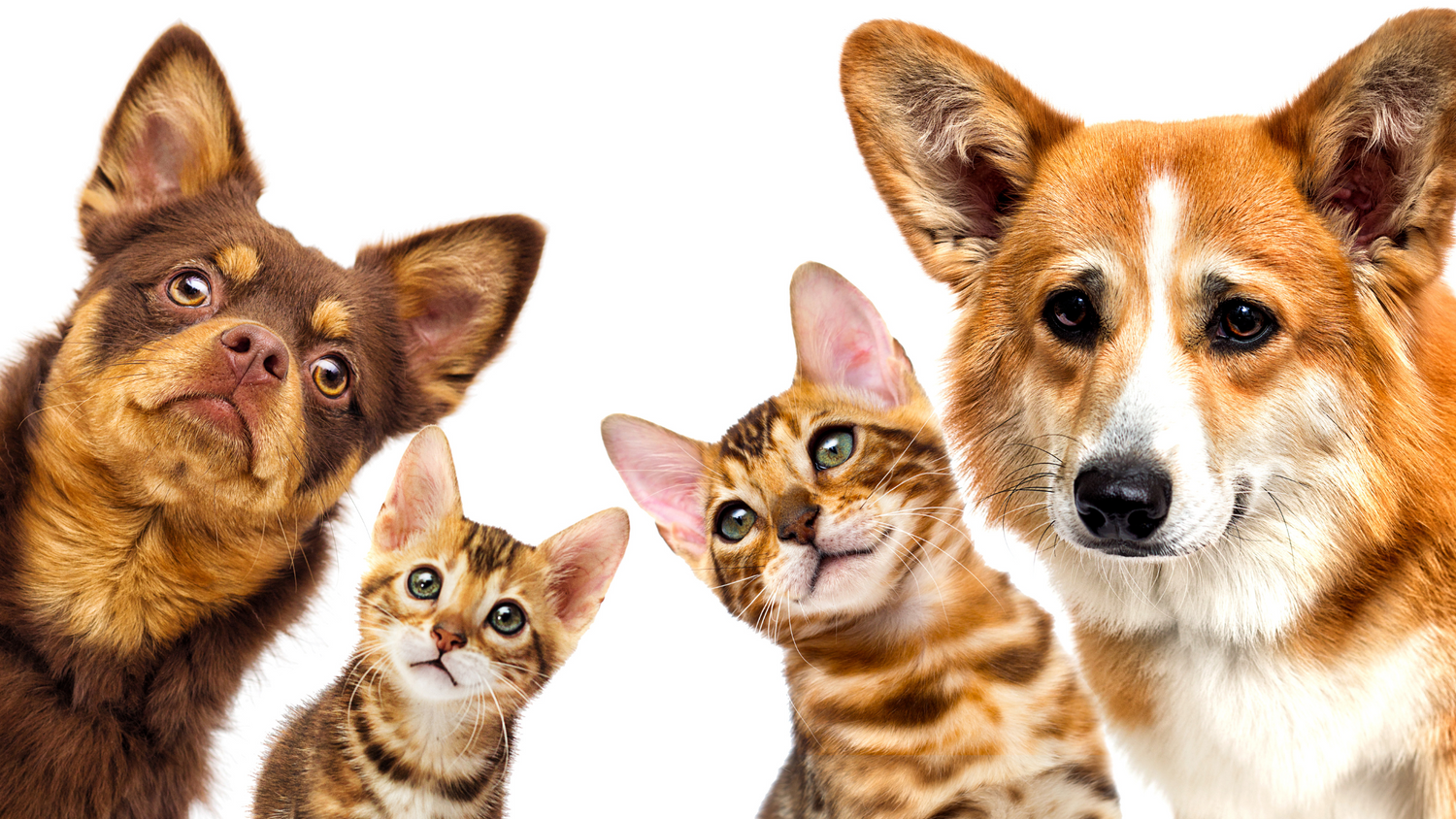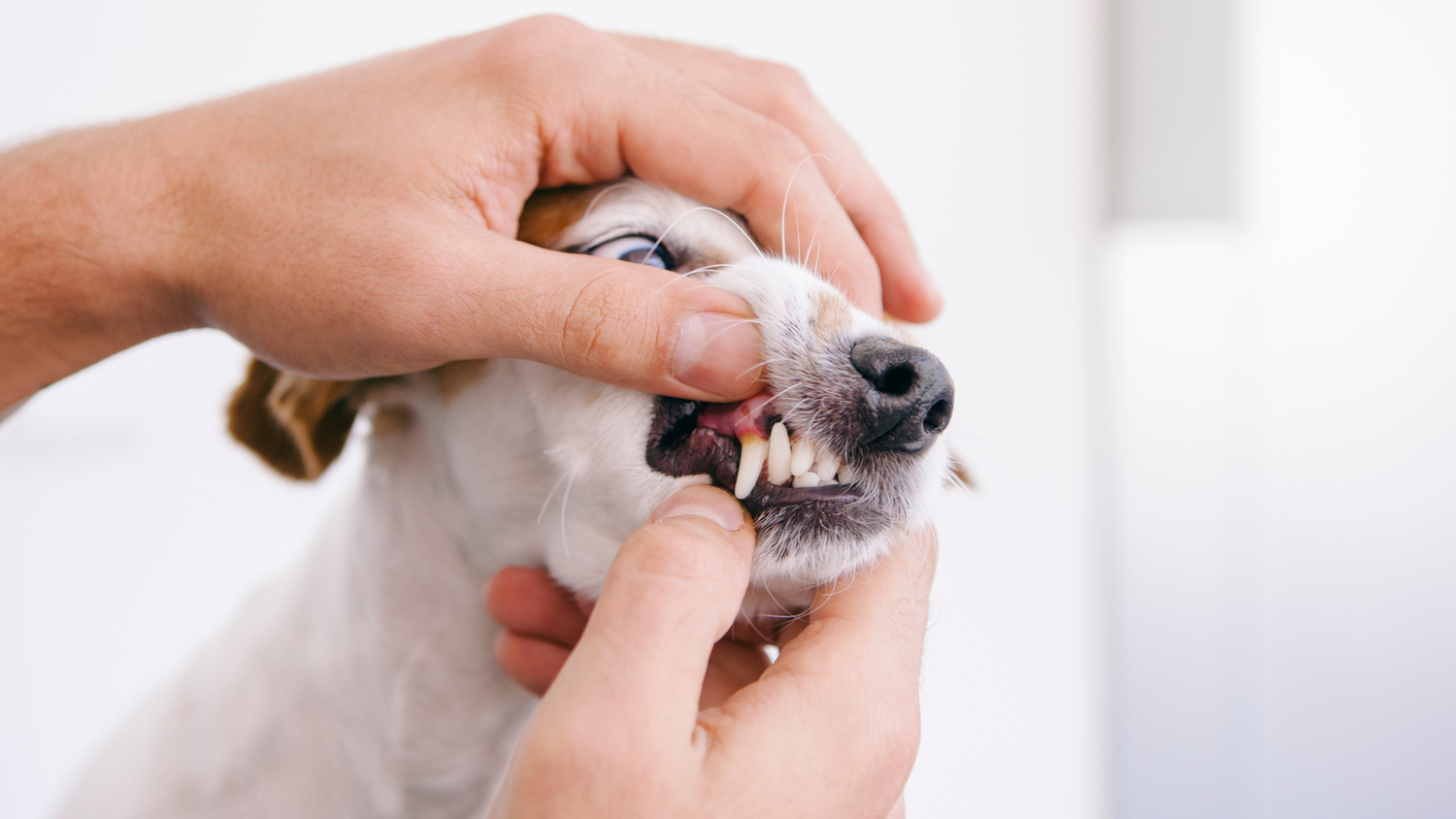In the world of pet nutrition, the debate surrounding kibble versus a fresher, more natural diet for dogs has been a longstanding and often perplexing topic for pet owners. As we navigate through the sea of conflicting information, it becomes crucial to seek insights from experts who can guide us toward the best choices for our furry companions.
In this illuminating blog post, we sit down with Integrative Veterinarian Dr. Nicole, owner of Mont Albert Veterinary Surgery and Shy Tiger, who is a passionate advocate for holistic pet care. Dr. Nicole brings a wealth of knowledge and experience to the table, debunking common misconceptions about commercial dog food and providing invaluable tips on transitioning our canine friends to a healthier, fresher diet.
In this blog post, Dr. Nicole shares her expertise and unveils the key considerations for pet owners looking to make the shift toward a more wholesome approach to canine nutrition. Whether you're a seasoned pet parent or a new dog owner, this interview promises to be an eye-opening journey into the world of optimal canine wellness.
“Dr Nicole, now this is quite a controversial topic in the pet world, can you provide some insights and your opinion surrounding kibble and cleaning our pet’s teeth?
“Short answer is no, kibble does not clean teeth. For sure, there are some research studies out there that show the larger pieces of kibble are more effective at cleaning plaque than the smaller pieces. But it'd be like us expecting to be able to eat hard crackers and not brush our teeth. We know it's not going to work for us. It doesn't work for our pets. And just think about it logically. If it did work, eighty percent of pets over the age of three wouldn't have the dental disease that they currently have.”
“I think a big issue among the pet food world is that we are told to believe that raw meat isn’t safe for our pets. Is this true? What are your opinions on this?”
“A bit of a controversial one here, isn't it? Certainly in my opinion, no, it is not safer to feed kibble than it is to feed raw meat. Kibble can harbour all sorts of nasty pathogens, bacteria, toxic moulds, storage mites, so many things that are so bad for our pets. In fact, there's more recalls on kibble food than there is on any fresh food in the pet industry. How scary is that? I think we just need some common sense when we're dealing with raw meat and our pets. Buy from a good quality supplier, store it properly and don't leave it out in the sun on a hot day and be surprised your dog or cat gets gastro. Just some common sense with it.”
"We acknowledge that transitioning your pet to a raw or fresh diet is a gradual process that requires thoughtful consideration. Could you share some of your preferred meal toppers that pet parents can introduce to enhance the freshness of their meals and facilitate a smoother transition?"
“Adding toppers is such a great way to introduce fresh feeding because it really helps pet parents gain confidence with fresh feeding and then it gives the pet's gut time to adjust to digesting fresh food. I'll give you my top four. Number one is definitely the egg, a nutrition powerhouse. Fresh scrambled, however you like it, you can add it into their diet. Number two would be sardines. They are an omega-3 powerhouse. I love them. They're so good for the skin and coat, brain, everything. Then number three would have to be some cooked leftover veggies. Let's not waste them. Pop them into the diet. And the fourth one is a dollop of Greek yoghurt. Good for the gut bacteria and help them adapt to the fresh food.”
“As people make the switch to a higher quality diet, what would be a few things that you look out for when picking a better quality kibble?
“A tricky topic for pet parents and vets to be honest, it took me a long time to understand this. Okay, stay with me. Turn over the pack, have a look at the ingredient panel. The number one ingredient needs to be an animal-based protein, not a carbohydrate, not a plant-based protein, animal-based. Our pets are carnivores, they thrive off animal-based protein. Number two, the company should specify whether they're using chicken, beef, venison. I don't want them to just say meat, meal. That suggests poor quality sourcing of products. Number three, choose the highest percentage of protein that you can afford. So you'll see the percentage reported as 9%, 12%, 30%. The higher the percent of protein, the better the animal will thrive on that because our pets thrive on protein, not carbohydrates. And number four, if you can afford to choose not a specific kibble but actually an air-dried, dehydrated or freeze-dried product, as they are much less processed than our really highly heat processed kibble options. Hope that helps.”
What an amazing wealth of information being shared! As we progress in understanding pet health and nutrition, it's crucial for us, as pet parents, to question and explore every aspect. The rise of integrative veterinary care is gaining traction, and we eagerly anticipate the positive directions pet health will take in the years ahead. A heartfelt appreciation goes to Dr. Nicole for generously imparting her expertise, empowering pet parents to consider diverse options for enhancing their pets' wellbeing.
Check Dr Nicole out on TikTok! Here





